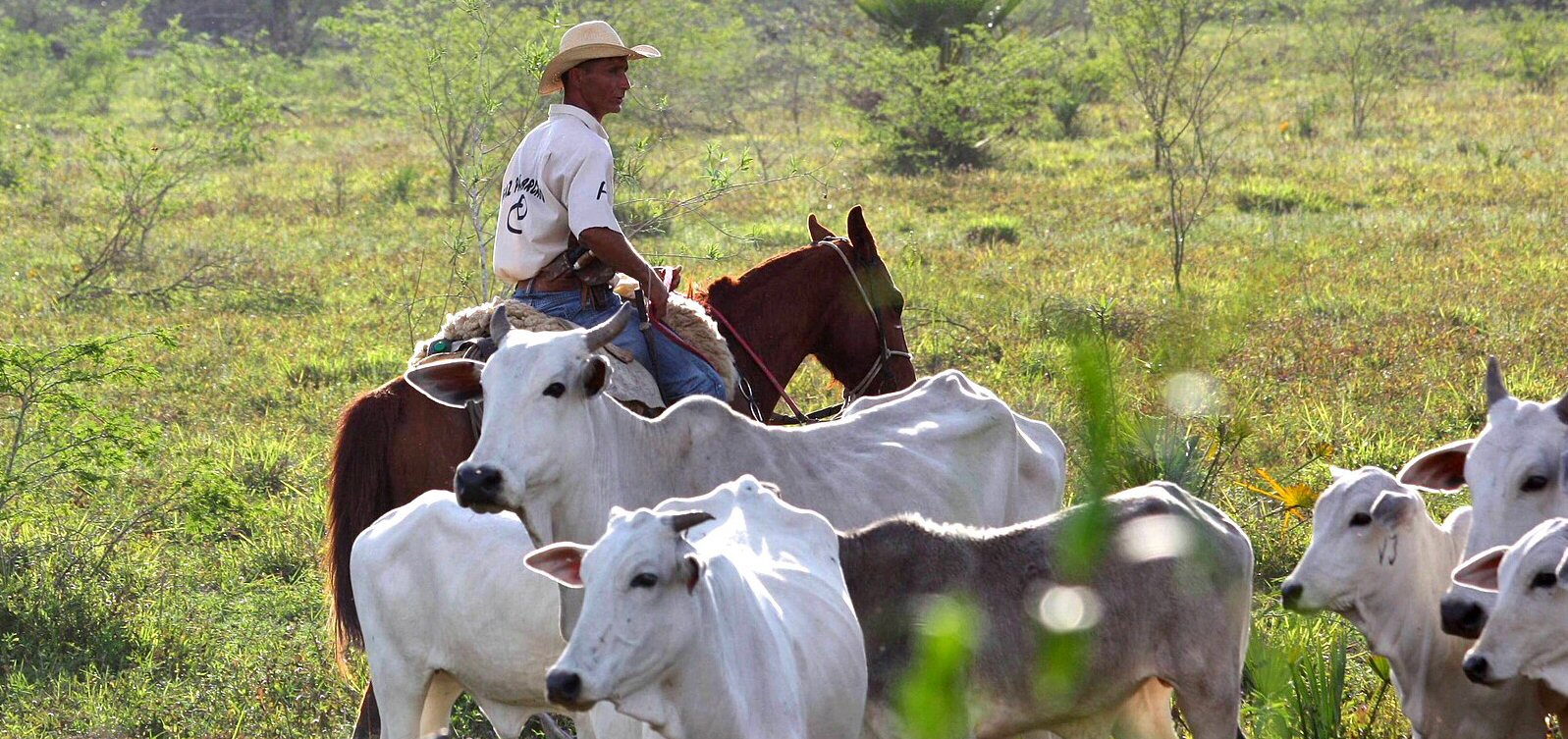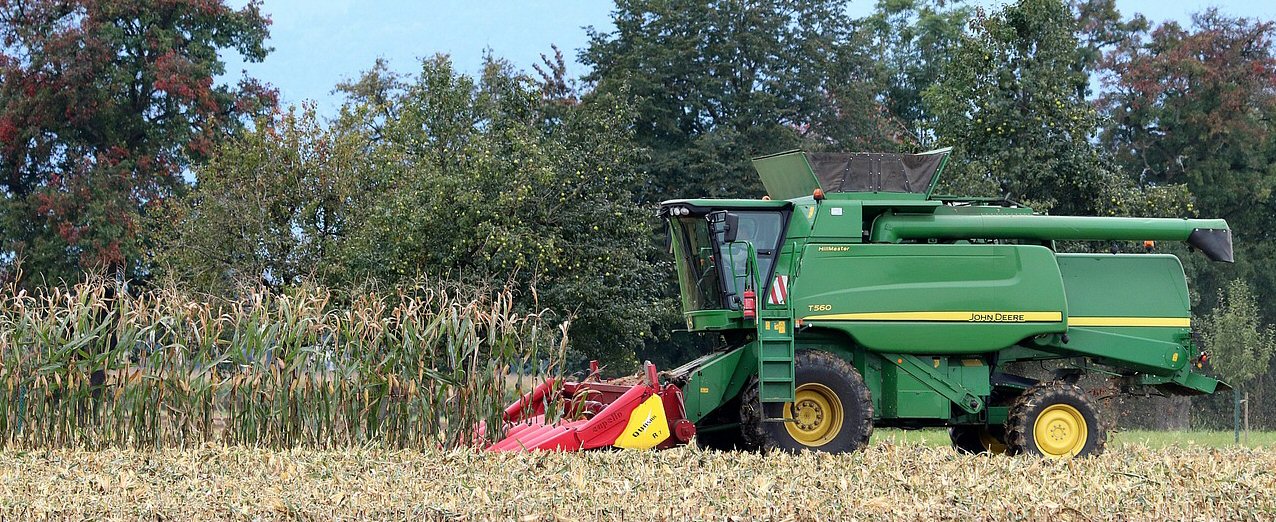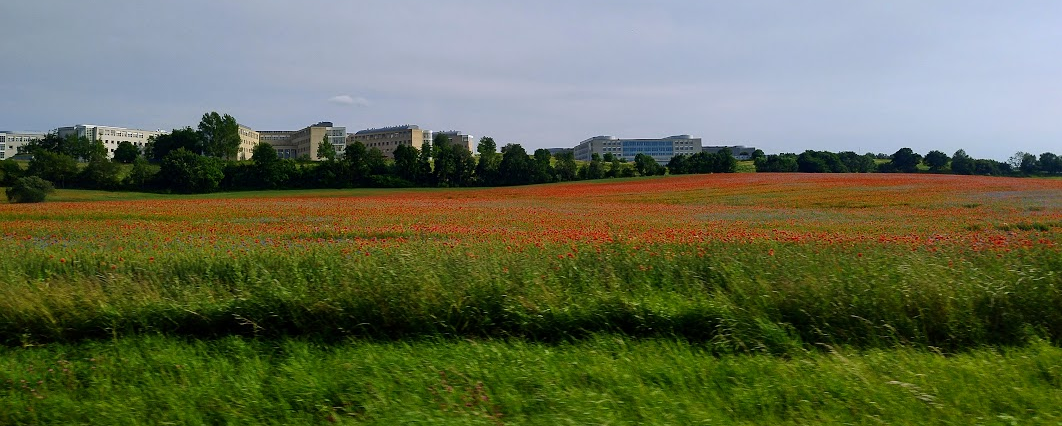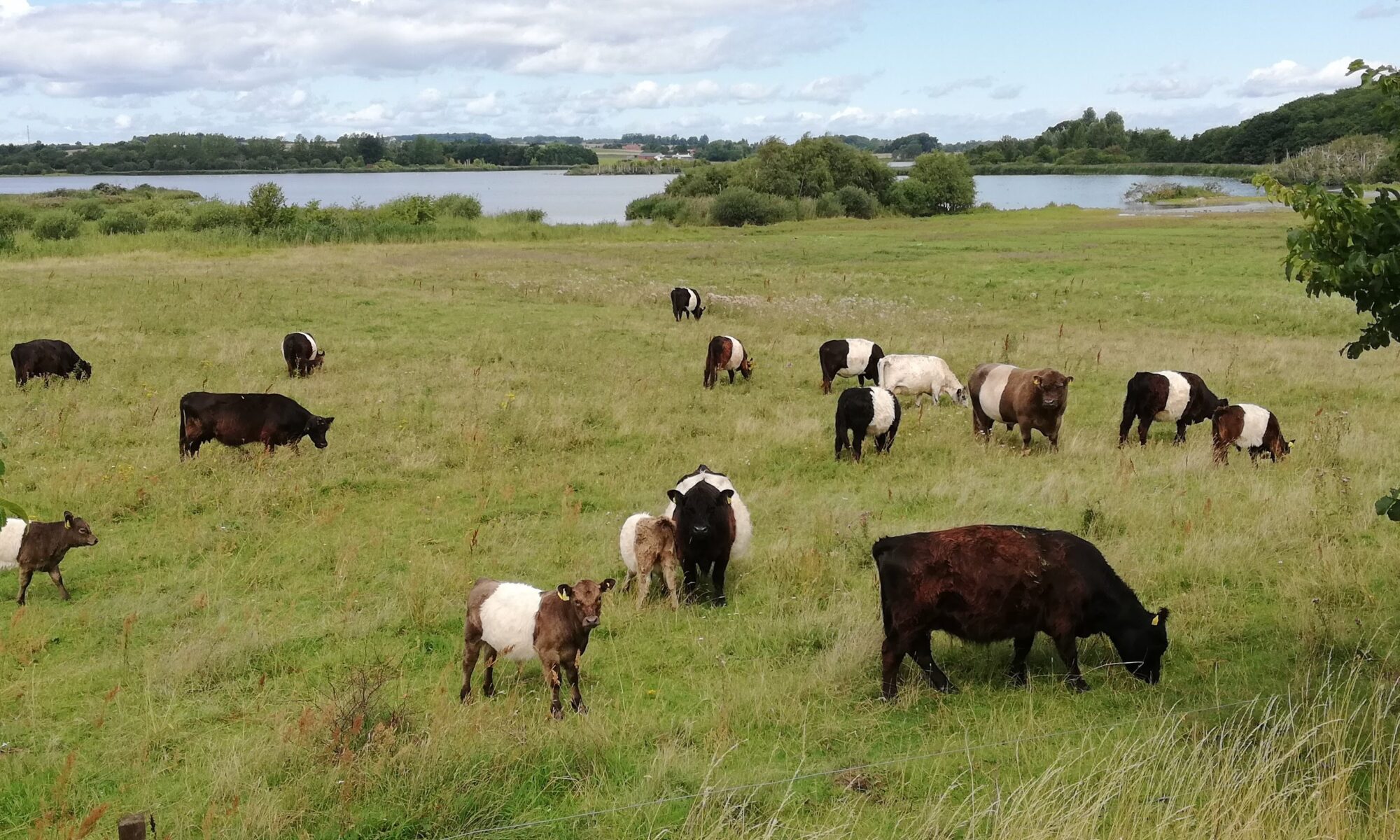I am not an expert in nutrition and, if I am honest, I have been sceptical of the significance of occasional health-related claims such as the claimed link between red meat and cancer. But that there is a link between diets and ill-health is indisputable. What is less clear is the nature of these links, which has been brought into sharp focus by the publication of the latest U.S. Dietary Guidelines for Americans 2025-2030 by U.S. Department of Health and Human Services Secretary Robert F. Kennedy, Jr. and U.S. Department of Agriculture Secretary Brooke Rollins two days ago on 7 January 2026.… Read the rest
Potential increase in CAP funding in next MFF
Commission President von der Leyen sent a letter to the Cypriot Presidency of the Council and to the President of the European Parliament yesterday 6 January 2026, in which she proposed to make additional resources available as of 2028 to address the needs of farmers and rural communities (with thanks to Politico Europe for the link).
This letter was sent on the same day as the Cyprus Presidency invited all Agriculture Ministers to a meeting also attended by the Commissioners for agriculture, trade and health to provide reassurances to Italy and other Member States to sign up to the contentious EU-Mercosur free trade agreement on Friday.… Read the rest
The role of borrowing in the EU’s MFF budget discussions
The New Year 2026 will see negotiations on the EU’s next medium-term budget step up in gear. Many Member States have called to set a deadline of end 2026 to agree on the next Multi-annual Financial Framework (MFF). This is necessary if the new MFF programmes are to start on 1 January 2028.
That this is a very ambitious deadline is an understatement. The Danes set a cracking pace in organising the Council’s MFF discussions under their Presidency, and presented a first draft of the famous ‘negotiating box’ to the European Council meeting in December 2025. This draft, without figures, was presented under the sole responsibility of the Presidency.… Read the rest
Navigating the EU-U.S. trade relationship
2025 marked a decisive break in relations between the United States and Europe. From U.S. Vice-President Vance’s speech in February at the Munich Security Conference to the publication of the U.S. National Security Strategy at year’s end, Washington has framed the European Union not as a strategic partner but as an obstacle to U.S. objectives. This shift was illustrated throughout the year by escalating trade actions, growing divergence over Ukraine, and threats against tech regulation. By the end of the year, the EU had accepted an unequal trade deal with the United States, undermining its long-standing self-image as a ‘soft power’.… Read the rest
2025 was a record year for farm income, though not for all
As the tractors arrived in Brussels yesterday, it is important to keep a sense of perspective. European farm incomes broke a new record high in 2025 – also in real terms – although not all farmers participated in this. But amid all the doom and gloom spread about an industry on its knees (a narrative with an explicitly political objective), and despite the evident challenges, it is even more important to keep an eye on the underlying facts.
The record farm income is reported in Eurostat’s first estimate of the economic accounts for agriculture earlier this week. This gives a snapshot of the economic health of the agricultural sector, summarised in what Eurostat calls Indicator A.… Read the rest
The looming Mercosur tragedy
Weak political leadership in Europe looks likely to doom the EU-Mercosur free trade agreement in a vote among EU Member States later this week. Denmark, as current Council President, has indicated it intends to schedule a vote at Ambassador level (COREPER II) to take place either Thursday or Friday this week. To be approved, the Agreement must gain the support of 55% of Member States (currently, 15 out of 27) representing at least 65% of the EU population. The Agreement can be blocked by a blocking minority which requires at least 4 countries representing at least 35% of the EU population.… Read the rest
LULUCF targets off-course
The EEA recently published updated projections for LULUCF emissions and removals by Member State to 2030 and 2050. It is not good news. Although the fall in the LULUCF sink appears to have been halted over the past six years, the EU27 net sink in 2023 was just 198MtCO2e and estimated at 212MtCO2e in 2024. This compares to the 2016-2018 average of 268MtCO2e and the 2030 target of 310MtCO2e set in the LULUCF Regulation (Figure 1).
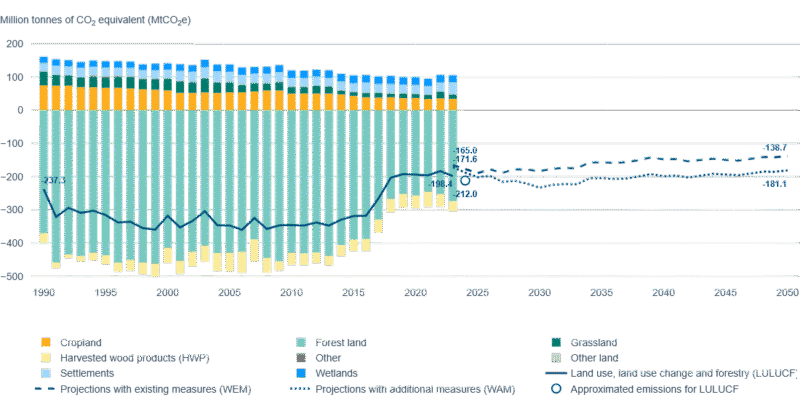
Source: EEA, 2025.
The projections show that, with existing measures (the WEM scenario), the EU27 net sink is projected to be 183Mt CO2e in 2030 (all subsequent figures are in CO2e units).… Read the rest
The role of capital in agricultural productivity growth
Discussions on the future competitiveness of European agriculture often return to the role of capital. Investment in modern equipment, digital technologies, and precision farming systems is widely regarded as essential to sustain productivity growth and to meet new environmental and market challenges. While the Draghi report on EU competitiveness did not directly address the agriculture and food sector, questions are increasingly asked about whether the current pace and composition of investment are adequate, and whether capital is being used efficiently within the sector. These questions are particularly relevant as structural change continues, with a declining labour force and a growing reliance on technological and digital solutions.… Read the rest
Understanding the structure of EU agriculture
Agricultural structure data represent the crown jewels of agricultural policymaking. For researchers and policymakers alike, the Farm Structure Survey and Agricultural Census are a rich and detailed source for understanding how Europe’s farms operate and evolve. They provide indispensable insights into the dynamics of land use, labour, and production systems, informing strategies for food security, generational renewal, environmental stewardship, and rural development.
In this post, I look at how agricultural structure data are used to track changes in the structure of agricultural holdings over time. I focus in particular on the statistical coverage of the data, the population of holdings that are included.… Read the rest
Further reflections on CAP governance and budget
This post has been revised to take account of the important role that the proposed ‘flexibility amount’ will play in influencing the scope that Member States will have to top up their minimum CAP ring-fenced amounts when preparing the CAP chapter of their National Plans. Its significance is such that it changes the tenor and conclusions of the original post. I am particularly grateful to Elsa Régnier for drawing this issue to my attention.
IDDRI, the Institut du développement durable et des relations internationals, has published a policy brief on the European Financial Framework 2028-2034: Key issues for the agricultural sector written by Elsa Régnier, Aurélie Catallo, and Pierre-Marie Aubert.… Read the rest






